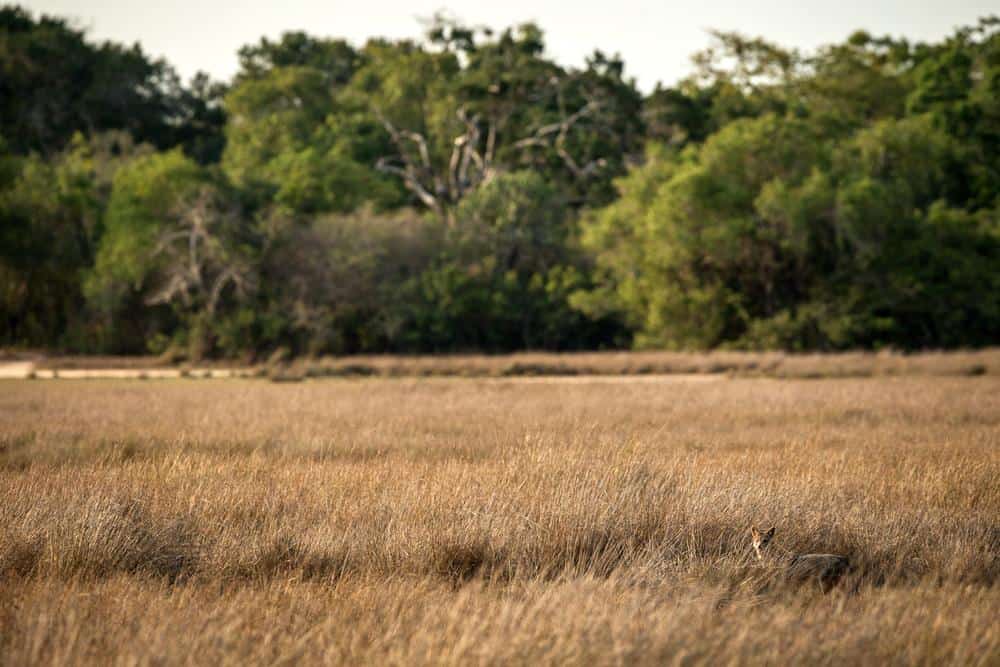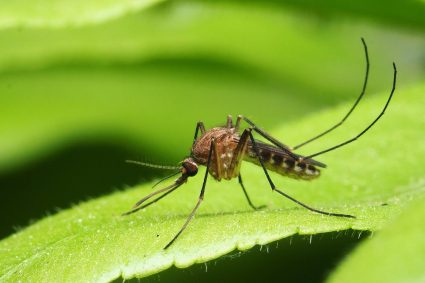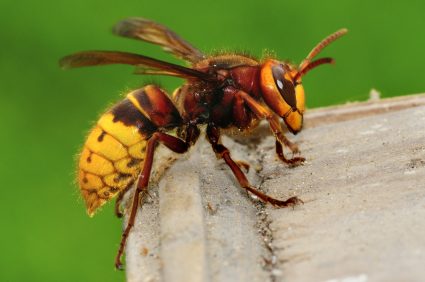
In the vast world of the Canidae family, it’s easy to confuse one furry critter for another. Two members of this family that often get mixed up are the fox and the coyote. Although they share some similarities, there are key differences in their physical characteristics, behaviors, habitats, diets, social structures, and interactions with humans.
The main differences between a fox and a coyote lie in their physical characteristics, behaviors, habitats, diets, social structures, and interactions with humans. Physically, coyotes are larger and more muscular than foxes, with different fur coloration. Foxes are generally solitary, while coyotes often live in packs. Foxes adapt well to various landscapes including urban areas, while coyotes prefer open areas but can also adapt to different environments. Both are omnivores, but their diets vary based on food availability in their environment. Foxes are more flexible in their social structure, while coyotes have a complex social structure. Human interactions affect them differently, with foxes often losing fear of humans and coyotes potentially becoming a nuisance.
Physical Differences
Coyotes and foxes differ significantly in their physical appearances. Coyotes are generally larger and more muscular than foxes, with longer legs and a more slender body. They measure around 75-87 cm (30-34 in) in length and weigh on average 7-21 kg (15-46 lbs). In contrast, foxes are smaller, with an average weight of 5-25 pounds.
Foxes have short legs, long bodies, and large ears, while coyotes have shorter legs with muscular bodies and ears proportional to their body size. Foxes have more pointed muzzles and upright ears, while coyotes have more rounded muzzles and ears that tend to flop down.
In terms of fur coloration, foxes come in a variety of colors, including red, gray, black, and white, while coyotes typically have gray or reddish-brown coats. Foxes have long, bushy tails that can be almost half of their body length, while coyotes have thinner tails that look more like a dog’s tail.
Behavioral Differences
Foxes and coyotes exhibit different behaviors in the wild due to their distinct social structures, hunting techniques, and communication methods. Foxes are generally solitary animals, often forming monogamous pairs during the breeding season, but they typically hunt and feed alone. They are mainly nocturnal hunters and occupy well-defined home ranges marked with scents. Foxes communicate with each other using vocalizations and body language, such as growls, yapping barks, yelping sounds, and movements of their ears and tails.
Coyotes, on the other hand, exhibit a more complex social structure, often living in packs with strong family bonds and shared territories. Their social organization can be highly variable, formed in response to different environmental variables such as food and space availability. Coyotes can live alone, in mated pairs, or in packs. Coyotes also have a range of vocalizations, including howling, yipping, barking, whining, growling, and huffing through their noses. Their communication methods involve both vocalizations and body language.
Habitat Differences
Foxes and coyotes have different habitats and preferences. Foxes are found in various habitats, including forests, grasslands, mountains, and deserts. They prefer mixed landscapes and can adapt well to human presence, thriving in areas with farmland and woods, as well as in large cities and suburbs.
Coyotes, on the other hand, typically prefer open areas such as prairies and deserts. They are extremely adaptable and can be found in a wide range of habitats, including forests, grasslands, deserts, and swamps. Coyotes have also adapted to living in suburban neighborhoods and large urban parks.
Dietary Differences
Foxes and coyotes are both omnivores, but their diets vary depending on the availability of food in a particular area. Foxes primarily feed on small mammals, birds, insects, fruits, and vegetables. Their diet includes rodents, rabbits, birds, frogs, worms, insects, raccoons, reptiles, crabs, mollusks, fruit, seeds, fungi, and vegetables. In urban areas, foxes may scavenge for food in dustbins and often catch pigeons and rats.
Coyotes, on the other hand, have a more varied diet. They eat insects, amphibians, fish, small reptiles, birds, rodents, and larger mammals, including white-tailed deer, elk, bighorn sheep, bison, and moose. In the Sonoran Desert, coyotes vary their diet with the seasons, consuming cactus fruit, mesquite beans, flowers, insects, rodents, lizards, rabbits, birds, and snakes. In urban areas, coyotes may scavenge from trash bins, eat pet food left outside, and prey on small domestic animals.
Social Structures
Foxes generally have a more flexible social structure, with the most common organization being a male and female joining during the breeding season. In areas with higher fox density, they may live in social groups consisting of one male and several females.
Coyotes exhibit a more complex social structure, often living in packs with strong family bonds and shared territories. Their social organization can be highly variable, formed in response to different environmental variables such as food and space availability. Coyotes can live alone, in mated pairs, or in packs, with packs often seen in northern regions.
Interaction with Humans
Human interaction affects foxes and coyotes differently. Foxes are known to be highly adaptable and can quickly alter their behavior to make the best of a situation. When fed by humans, they tend to lose their fear of people and may even approach strangers looking for food.
Coyotes, on the other hand, are more likely to be considered a nuisance and pose a greater threat to pets and livestock. Human interaction with coyotes can lead to increased daytime activities, making them more visible to people. As coyotes become more accustomed to human presence, they may become bolder and less afraid of humans, which can lead to conflicts.
In summary, foxes and coyotes differ in their physical characteristics, behaviors, habitats, diets, social structures, and interactions with humans. Understanding these differences can help in distinguishing between the two when observing them in the wild and can contribute to effective wildlife management strategies.
Frequently Asked Questions
What is the lifespan of a fox and a coyote?
Foxes typically live for 2-5 years in the wild but can live up to 14 years in captivity. On the other hand, coyotes live about 6-8 years in the wild and up to 14 years in captivity.
What is the breeding season for foxes and coyotes?
Foxes typically breed between December and February, while coyotes breed between January and March.
Are foxes and coyotes dangerous to humans?
Both foxes and coyotes tend to avoid humans. However, they can become a threat if they feel threatened or if they become too accustomed to human presence, especially when fed by humans. Coyotes can pose a greater threat due to their size and pack behavior.
What are some common types of foxes and coyotes?
Some common types of foxes include the red fox, gray fox, arctic fox, and fennec fox. For coyotes, there is primarily one type, the common coyote, but there are regional variations such as the eastern coyote and the western coyote.
Are foxes and coyotes endangered?
Most fox and coyote species are not currently endangered. However, some species like the Island Fox and the San Joaquin Kit Fox are listed as endangered due to habitat loss and other human activities.












